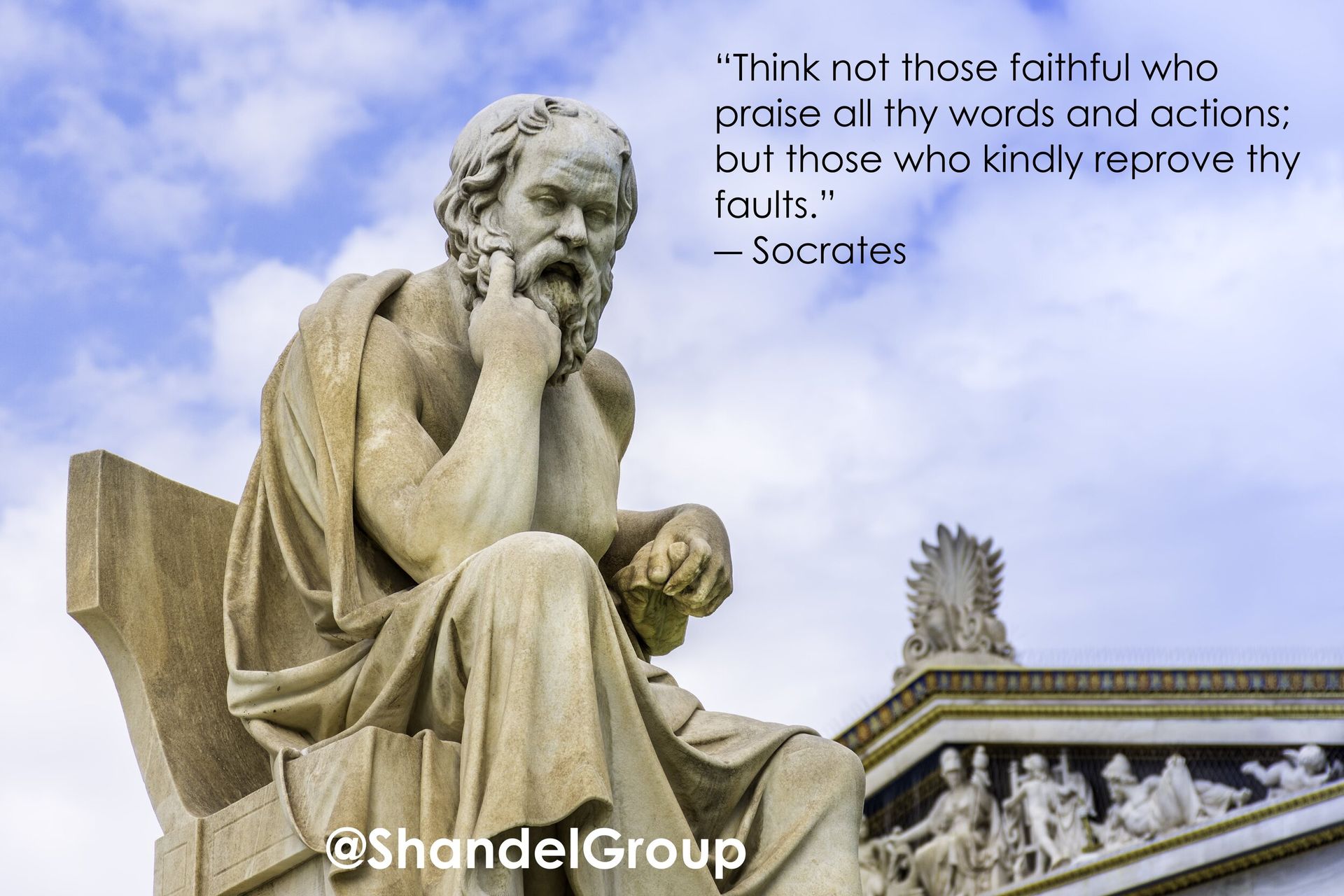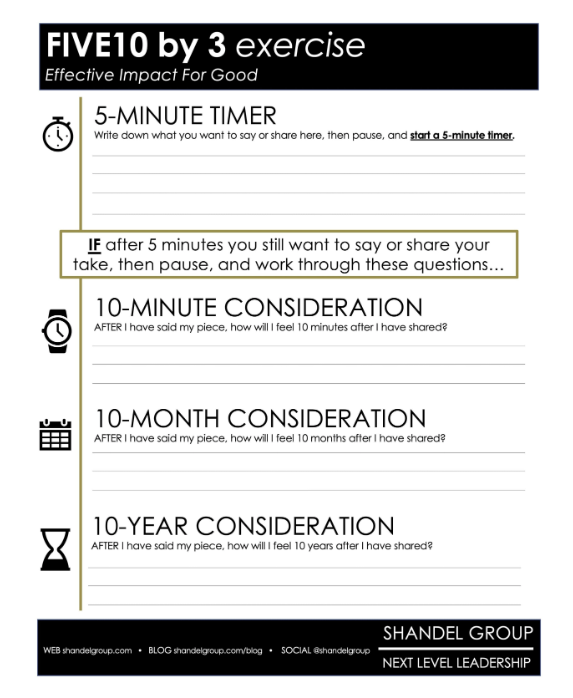A PROCESS FOR WISDOM

FOREST OR A TREE
How do you look at life? This may seem like a silly question or even too broad of a question, but it is one that I ask often. I’ll put it this way, how often do you find yourself focusing on a tree when you have the opportunity to see the forest?
To be clear, I am not intending to come across as obscure or even ask a number of esoteric questions. BUT I do desire that whoever reads this will pause for just a moment to consider the question and gain full awareness of how they are looking at life.
My “why” for this is simple and can be immensely helpful for redefining success or fulfillment for oneself.
Research from Dr. Rowan Bayne suggests that only about 25% of people actually think about the Big Picture. Or in the context of this discussion, know how to look at the whole forest versus just zeroing in on a tree.
In other words, with nearly 8 billion people on this planet, that means that only 6 billion actually consider the big picture! Focusing more on the immediate moment than the big picture seems futile, from my perspective.
CLARIFYING QUESTION
What would happen if you only made decisions that impact you today, tomorrow, or even just this month?
If I am being overly transparent, I would do three things, almost immediately.
- I would go grab a glass and pour myself a double of my favorite whiskey this month (neat of course, I’m not a Neanderthal).
- I would click this link to order a dozen doughnuts on Postmates.
- I would begin smoking a CAO Gold Perfecto (inside, mind you).
I would likely be able to all of this inside of 5 minutes flat. (If you were living for just today or tomorrow, what would you immediately go do?)
Maybe you’re thinking, “Alan, this sounds rediculous but it’s a free country, why don’t you then?”
Well, first and foremost, I value my health. Second, I am working to play the long-game by keeping the big picture in mind. And if I can fast-forward to what my overall well-being will likely be when I turn 60 years old, during which I know I’ll want another 20-40 years of quality life left at that point.
Therefore, it helps me “reverse engineer” what I need to do today in order to cultivate the health needed to increase the likelihood that I accomplish my goal for the “60-year old version of myself”. In other words, looking at the big picture helps me brush off immediate gratification and learn to embrace delayed gratification.
In light of the value in looking at the big picture versus having a short-term mindset, permit me to take a figurative “hard-right” and drill into a very practical application of this principle as it relates to social media.
We’ve already discovered how many people there are on this planet (nearly 8b), only 6 billion of which likely think about the big picture. Recently, Hootsuite uncovered that nearly 4 billion people are using social media!
THEREFORE, MORE THAN EVER IT IS IMPERATIVE THAT THERE BE A PROCESS FOR OPTIMIZING ONE’S IMPACT FOR GOOD ONLINE AND ESPECIALLY SOCIAL MEDIA.
SOCIAL MEDIA & LEADERSHIP
When social media began to really gain traction in the business world, I was in middle management. Nearly all of the early 00’s I was running youth and community programs. In 2007 or 2008, during a weekly staff meeting, I was actually reprimanded in front of my co-workers for, get this, NOT being on social media enough. What the what?!
I definitely learned my lesson as I began to “engage” more. While I phased out myspace, I did begin using twitter and Facebook more often. I said some things I should not have, posted certain things that were unhelpful and thus we get to a tool that I have been developing over the years and is more relevant today than ever.
In the spirit of transparency, I don’t remember where I got the “3 by 10” portion of this tool, but nonetheless it will help you immensely.
“FIVE10 BY 3” EXERCISE
I call it the “FIVE10 by 3” exercise, mainly so that it was catchy enough to remember to follow the process. The name is the actual exercise broken into two phases. It begins with a 5-minute practice.
Phase 1, think about what you’re going to say or share online, then wait 5 minutes.
Phase 2, after the 5 minutes have passed and you still want to speak your piece, get ready to share online and consider how you will feel 10 minutes AFTER you have shared, then 10 months after you have shared, and finally 10 years after you have shared.
Once you’ve thought through things like…
Does your post add value? Does it align with the vision you have for your life? This social media exercise is a lot like bowling with bumpers. It ensures that you keep the big picture in mind while you contribute to the relevant conversations at the immediate moment.
HERE’S A SNAPSHOT OF THE EXERCISE

PRACTICAL APPLICATION
In closing, my aim and prayers are that we can remember the value of having people disagree with us. As Socrates thoughtfully stated…
“Think not those faithful who praise all thy words and actions; but those who kindly reprove thy faults.”
This process will help you be true to yourself AND equally thoughtful in how you impact others. It is important to remember that the way algorithms work is to share or auto-populate information that you appear to be interested in. Therefore, without realizing it, we can create echo chambers for ourselves, instead of a diverse group of people that are sounding boards.
Furthermore, if we can begin utilizing the “FIVE10 by 3” practice, it will help us keep the big picture in mind. We increase the likelihood of considering the future and then being able to “reverse engineer” the things that are good for us. Practices that cause us health, vibrancy and even create friction but in order to learn and think more deeply.
Learning and thinking more deeply tends to generate more empathy and love for one another. We all need more of that.
The outcome here is that we become MORE human. This will help to pursue justice and healing! We need that more than ever.
I’D ENCOURAGE YOU TO DOWNLOAD THIS EXERCISE AND PRINT OFF A NUMBER OF COPIES THAT YOU CAN KEEP WAITING READY FOR YOU. OR MAYBE YOU NEED TO SHARE THIS WITH YOUR TEAM SO THAT WE CAN ALL HAVE A VOICE THAT WILL IMPACT OTHERS FOR GOOD, EVEN OR ESPECIALLY VIA SOCIAL MEDIA. ALL WHILE COUNTERBALANCING THE BIG PICTURE AND IMMEDIATE MOMENT.
Pulling for you!
Alan Andersen



We will help you and your team change direction, accelerate growth, go faster, and reach the next level of success for your leadership and business development by using the principles that make up a “Shandel”.